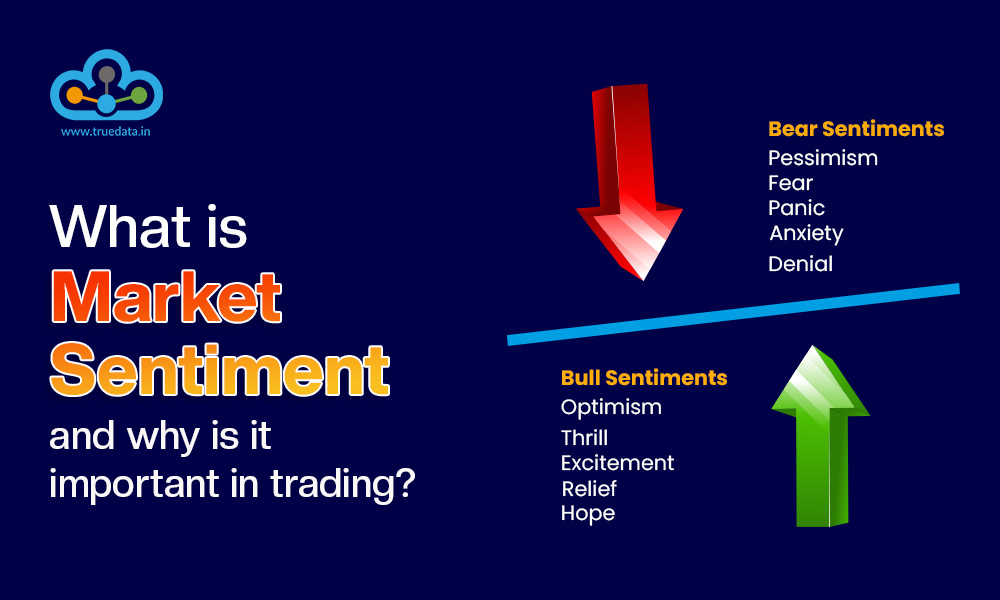
By ATGL
Updated August 28, 2025
When markets accelerate, getting in or out at a fair price can matter more than your thesis. Liquidity risk is the chance you cannot buy or sell the size you want without moving the price against you—or cannot execute at all. It shows up as wider spreads, slippage, partial fills, and delayed exits. This guide explains how liquidity risk works for active traders and investors, what to watch in the order book, and practical methods to reduce exposure using tools like limit orders, time-of-day awareness, and volume analysis. You also see how liquidity behavior differs across stocks and ETFs, and how to integrate it into your broader risk management process.
The Importance of Stock Market Liquidity for Traders
What is liquidity risk in stocks?
It is the risk that trading activity and market depth are insufficient to execute your order at or near the displayed price. In practice, that means a 1,000-share order can move the market, a stop order can fill far below your trigger during a gap, or a low-float name simply does not trade when you need it to. Institutional primers define market liquidity risk as price impact and execution difficulty, and funding liquidity risk as difficulty accessing cash to meet obligations (see overviews from Investopedia and CFI). For active traders, market liquidity risk is the daily concern.
How it affects outcomes
- Spreads: Wider bid–ask spreads raise your all-in cost per trade.
- Slippage: You receive worse prices than expected, especially when using marketable orders.
- Partial or missed fills: Orders rest in the book but do not execute because size is not available.
- Stop execution: Stops can slip through thin order books in fast conditions.
What is an example of a market liquidity risk?
Placing a market sell during a pre-market drop in a low-float stock; only a few hundred shares sit on the bid. Your order clears multiple price levels, and the fill is several percent below the last trade.
High Liquidity Stock vs. Low Liquidity Stock
- High-liquidity characteristics: Tight spreads (often 1–2 ticks), deep book with multiple levels showing meaningful size, millions of shares traded daily, smaller price impact from moderate orders. Mega-cap ETFs and top-tier large-cap equities fit here.
- Low-liquidity characteristics: Wide spreads, thin book, irregular prints, frequent gaps, outsized impact from moderate orders. Many small-caps, micro-caps, and newly listed names fall into this category.
- Practical implication: For short-term trades, prioritize liquid instruments; for thin names, reduce size, use price-controlled orders, and plan exits in advance.
Core Mechanics of Stock Trading Liquidity
Liquidity is not just daily volume; it is the combination of market depth, order book behavior, and the speed at which liquidity refreshes.
- Market depth: The total resting size near the inside market. Deeper books absorb orders with less price movement.
- Order book behavior: Hidden liquidity, replenishing quotes, and cancellations change what is truly available. During news or halts, depth can vanish.
- Volatility link: As volatility rises, spreads tend to widen and depth thins, increasing execution risk.
Order Types and Liquidity Management
- Limit orders: Control price and reduce slippage; consider joining the bid/ask rather than crossing the spread. See our primer on limit orders.
- Stop orders: Use stop-limit with a reasonable limit offset to avoid extreme adverse fills in thin markets; be aware of gaps and auctions.
- Time-of-day: The open and post-news windows can be fast with wider spreads; mid-session often offers steadier depth.
- Sizing: Adjust order size to observed depth. Break larger orders into clips; avoid sweeping multiple levels unless necessary.
- Routing/venues: Smart routing can improve fills, but understand that fragmented venues and dark liquidity may still produce variability.
Volume Profiles and Liquidity Analysis
A volume-by-price or volume profile highlights the prices where meaningful trading occurred, often indicating liquidity pockets:
- High-volume nodes (HVNs): Price levels with ample historical traded volume; often provide better fills and less slippage.
- Low-volume nodes (LVNs): Areas where price traveled quickly; expect faster moves and less resting liquidity.
- Application: Plan entries near HVNs when possible; place targets before LVNs if you anticipate thin air pockets.
How Liquidity Varies by Asset Class
Stocks:
Single names vary widely. Large-caps usually offer tight spreads and deep books; small-caps can be thin, with more gap risk and halts. Earnings, catalysts, and low floats intensify variability.
ETFs:
Even when ETF screen volume looks modest, underlying basket liquidity and authorized participants/market makers often keep spreads efficient in well-followed funds. Around stress events or very niche exposures, spreads can widen. Review both on-screen volume and indicative value behavior.
Other tradable assets:
Options, ADRs, and thin international listings often carry wider spreads and less depth. For options, consider open interest and quoted size at multiple strikes/expiries; adjust order types accordingly.
External overviews on liquidity management from SAS and Bajaj Finserv discuss institutional concerns, the trading implications above focus on execution quality for individual market participants.
Strategies to Manage Liquidity Risk in Trading
What is the stock approach to liquidity risk?
Use a rules-based process that evaluates liquidity before entry, controls price at execution, and limits portfolio exposure to thin instruments. Incorporate the following:
-
- Pre-trade checks
- Minimum average daily volume and dollar value traded.
- Maximum acceptable spread (e.g., ≤ 5–10 bps for larger caps, a higher threshold for small-caps).
- Depth scan: visible size within 3–5 ticks of the inside.
- Execution tactics
- Prefer price-controlled orders; scale in using smaller clips that match displayed depth.
- During fast periods, switch from marketable orders to limit-at-the-touch or peg styles to reduce impact.
- Avoid placing large stops in thin names; consider stop-limit with risk-aware offsets.
- Position sizing and portfolio rules
- Cap single-name exposure for thin stocks; size by volatility and observed liquidity.
- Limit total portfolio allocation to illiquid instruments.
- Maintain cash or liquid ETF exposure to avoid forced sales—an application of risk awareness.
- Time-of-day and event controls
- Use smaller size at the open or immediately after major news.
- For pre-market/after-hours, assume lower depth and wider spreads; adjust expectations and order types.
- Review and adapt
- Track realized spread and slippage per trade.
- Compare expected vs. actual fills; refine thresholds for volume, spread, and depth.
- Integrate results into your broader risk management policy.
- Pre-trade checks
Illustrative scenario:
You plan to sell 2,000 shares in a name with a 12-cent spread and only 600 shares visible within two ticks. Instead of a single market sell, you stage four limit-at-bid clips with a minimum fill threshold, then adjust remaining size if depth refreshes. The realized spread cost drops versus sweeping multiple levels.
Strengthen Your Trading With Risk-Aware Liquidity Management
Liquidity risk is an execution variable you can measure and manage. Define thresholds for volume, spread, and depth before entry; use price-controlled orders; and align position size with what the book can support. Monitor slippage and adjust tactics by time-of-day and event risk. These practices protect your edge and stabilize results across changing market conditions.
If you want a structured checklist, model thresholds by market cap, and weekly reviews that integrate liquidity signals with your trade plan, consider Above the Green Line memberships for tools and education tailored to serious traders and investors.







[…] For background on how hidden liquidity interacts with risk, see Stock Market Liquidity Risk. […]